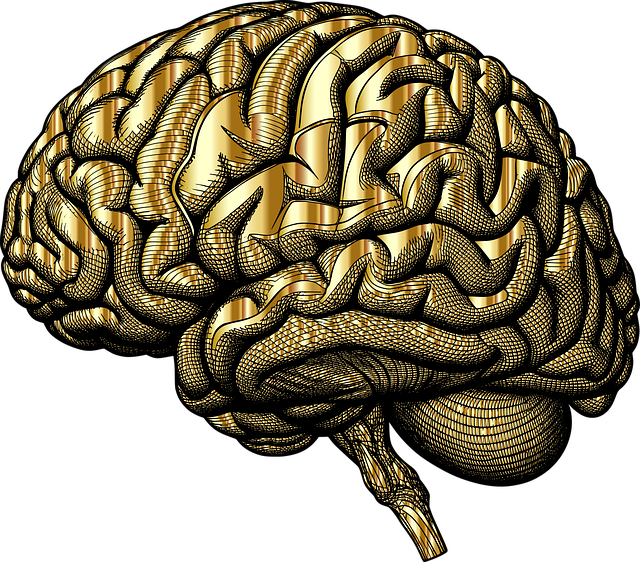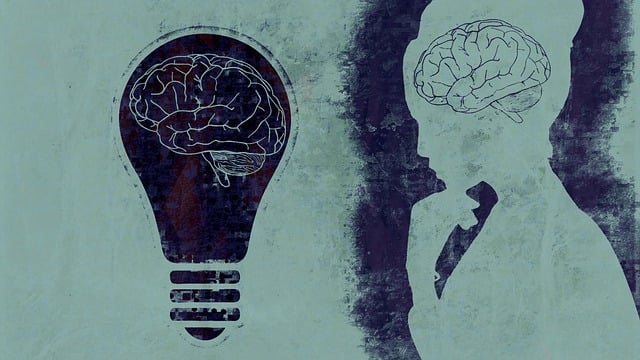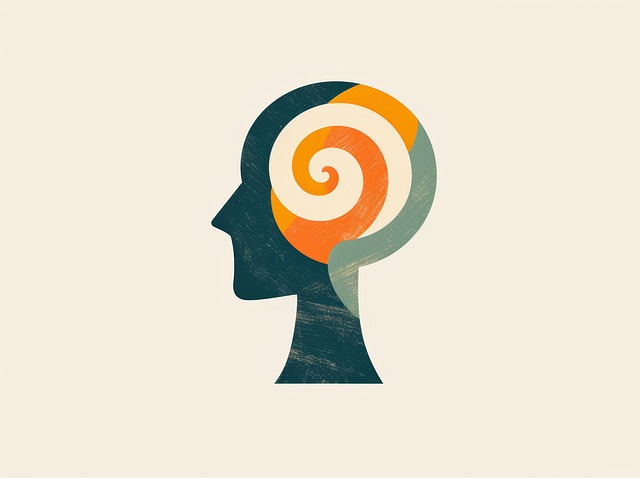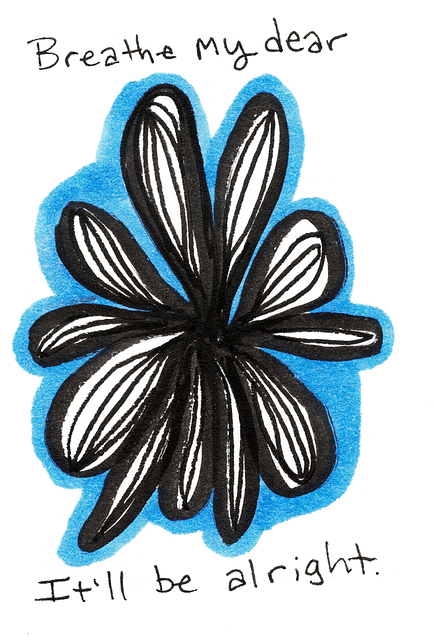Adolescent trauma, often overlooked during adulthood transition, significantly impacts emotional well-being. Peer pressure, academic demands, and exposure to violence or abuse can lead to long-term mental health challenges like anxiety, depression, and PTSD without tailored therapy, emphasizing the need for therapy for adolescent teens trauma. Public awareness campaigns, leveraging technology and cultural sensitivity, play a crucial role in early intervention, education, and support. These initiatives encourage peer networks, coping skills training, and resilience building for adolescents dealing with trauma, ensuring better mental health outcomes. Measuring success involves assessing behavioral changes and adopting therapeutic practices like mindfulness meditation to foster open conversations about teen trauma and mental health.
Public awareness campaigns play a pivotal role in shaping societal attitudes and behaviors towards adolescent teen trauma, a pressing issue affecting today’s youth. This article delves into the multifaceted development of such campaigns, exploring their educational and supportive roles. We discuss strategies for designing content tailored to diverse stakeholders while leveraging technology for maximum reach. Additionally, we examine methods to measure success and assess the long-term impact on youth well-being, emphasizing the importance of therapy for adolescent teens trauma.
- Understanding Adolescent Teen Trauma: Prevalence and Impact
- The Role of Public Awareness Campaigns in Education and Support
- Designing Effective Campaign Content for Different Stakeholders
- Leveraging Technology to Amplify Reach and Engagement
- Measuring Success and Evaluating the Long-Term Impact on Youth Well-being
Understanding Adolescent Teen Trauma: Prevalence and Impact

Adolescent teen trauma is a pressing issue that demands attention and understanding. Teens often face unique challenges, from peer pressure to academic expectations, which can contribute to a range of emotional difficulties. According to recent studies, adolescent trauma is more prevalent than many realize, with a significant number of teens experiencing some form of traumatic event during their formative years. This includes exposure to violence, abuse, neglect, or loss, all of which can have profound and lasting effects on their mental health.
The impact of such trauma extends far beyond childhood, affecting emotional well-being and mood management in adolescence and adulthood. Without proper therapy for adolescent teens trauma, individuals may struggle with anxiety, depression, and post-traumatic stress disorder (PTSD). Cultural sensitivity in mental healthcare practice is essential when addressing these issues, as it allows professionals to provide tailored support that considers the unique experiences and backgrounds of each teen. Effective emotional well-being promotion techniques can help adolescents develop coping mechanisms, build resilience, and navigate the challenges they face, ensuring a brighter future despite their past experiences.
The Role of Public Awareness Campaigns in Education and Support

Public awareness campaigns play a pivotal role in educating and supporting individuals, especially adolescent teens who have experienced trauma. These campaigns help dispel myths and provide crucial information about mental health, focusing on conditions like trauma and its impact on young minds. By raising awareness, they encourage teens to seek therapy when needed, promoting early intervention that can be life-changing.
They also foster a sense of community and compassion through the integration of Compassion Cultivation Practices. This not only enhances the teens’ well-being but also encourages peer support networks, boosting their confidence as they navigate challenges. Through effective public awareness campaigns development, adolescents learn about resources available to them, empowering them to take charge of their mental health and build resilience for a brighter future.
Designing Effective Campaign Content for Different Stakeholders

When designing public awareness campaigns about therapy for adolescent teens trauma, it’s crucial to tailor content for diverse stakeholders. Parents and guardians need straightforward information on recognizing signs of trauma and understanding the importance of early intervention. This can include tips on creating safe spaces and promoting open communication at home. On the other hand, teenagers themselves should be engaged with content that emphasizes coping skills development through peer support networks and age-appropriate therapeutic practices.
Incorporating social skills training and emotional well-being promotion techniques in campaign materials can empower teens to manage their experiences effectively. By addressing these different needs, campaigns ensure a more inclusive and impactful message. This approach not only educates but also fosters a sense of community and resilience among adolescents navigating trauma.
Leveraging Technology to Amplify Reach and Engagement

In today’s digital era, leveraging technology has become a powerful tool to amplify the reach and engagement of public awareness campaigns, especially when addressing sensitive topics like therapy for adolescent teens trauma. Online platforms offer direct access to vast audiences, enabling organizations to disseminate crucial information on mental health awareness more effectively. Social media, for instance, allows for viral sharing of resources and personal stories, breaking down barriers and fostering open conversations about teen trauma.
Integrated digital strategies, including interactive webinars, online support groups, and virtual reality experiences, can enhance participation in public awareness campaigns. These innovative approaches not only engage teens but also provide practical platforms for them to share their experiences, learn coping mechanisms, and access appropriate social skills training. By harnessing the potential of technology, mental health advocates can reach a broader spectrum of the population, ensuring that valuable resources and support networks become more accessible.
Measuring Success and Evaluating the Long-Term Impact on Youth Well-being

Measuring the success of public awareness campaigns is paramount to understanding their true impact on youth well-being. Beyond short-term engagement metrics, evaluating long-term behavioral changes and mental health outcomes among adolescent teens is crucial. Incorporating therapeutic practices like mindfulness meditation into these campaigns can offer valuable insights. By assessing improvements in emotional regulation, stress management, and positive thinking among participants, researchers can gauge the effectiveness of the campaign in fostering resilience and mitigating trauma.
Cultural sensitivity in mental healthcare practice is also essential for meaningful impact. Recognizing and addressing diverse cultural perspectives ensures that awareness campaigns resonate with various youth populations. This approach not only enhances accessibility but also encourages open conversations about mental health, promoting a culture where teens feel comfortable seeking therapy for adolescent teens trauma and adopting healthy coping mechanisms like mindfulness meditation to support their overall well-being.
Public awareness campaigns play a pivotal role in educating and supporting adolescent teens affected by trauma, offering a crucial step towards fostering their well-being. By understanding the prevalence and impact of trauma on this demographic, we can design effective content that resonates with various stakeholders. Leveraging technology ensures these campaigns reach a broader audience, while careful measurement and evaluation are essential to gauge their long-term benefits. Through accessible therapy for adolescent teens trauma and proactive campaign strategies, we can create a more supportive environment for young individuals, ultimately enhancing their resilience and overall mental health.












